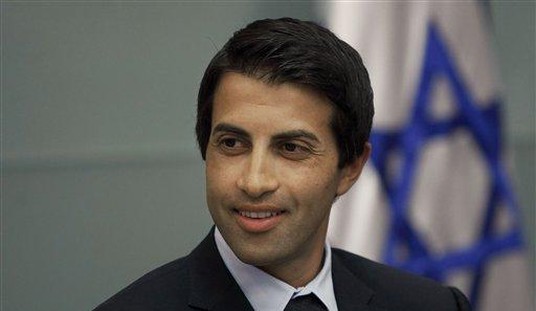Dr. Michelle Cretella knows her stuff. A board certified general pediatrician, she is the current president of the American College of Pediatricians (ACP). With 17 years of clinical practice (12 years spent as a researcher for the ACP and five sitting on the board of the Alliance for Therapeutic Choice and Scientific Integrity), Cretella is more than qualified to address our nation’s current obsession with transgender youth. Writing for the The Daily Signal, the doctor and mother of four debunks the junk science behind “gender dysphoria,” highlighting how the medical industry stands to profit from turning a psychological disorder into a medical diagnosis.
Along with noting the severe health risks posed to otherwise physically healthy children by puberty blockers and hormone treatments, Cretella cites extensive scientific evidence to support her claim that the medical treatment of gender dysphoria is a form of child abuse. Most notably she debunks the “born in the wrong body” myth by citing studies conducted with twins, proving without a doubt that an individual’s transgenderism is rooted in non-biological factors:
But in the largest study of twin transgender adults, published by Dr. Milton Diamond in 2013, only 28 percent of the identical twins both identified as transgender. Seventy-two percent of the time, they differed. (Diamond’s study reported 20 percent identifying as transgender, but his actual data demonstrate a 28 percent figure, as I note here in footnote 19.)
That 28 percent of identical twins both identified as transgender suggests a minimal biological predisposition, which means transgenderism will not manifest itself without outside nonbiological factors also impacting the individual during his lifetime.
The fact that the identical twins differed 72 percent of the time is highly significant because it means that at least 72 percent of what contributes to transgenderism in one twin consists of nonshared experiences after birth—that is, factors not rooted in biology.
When gender identity disorder was renamed “gender dysphoria” in 2013, only 24 clinics in the nation existed to address pediatric transgenderism. By 2015, an additional 16 clinics opened across the country. Today, 215 pediatric residency programs are training future doctors in gender dysphoria protocol. With pop culture fueling the obsession with transgender youth, pediatricians willing to take on gender dysphoric patients will be to the twenty-first century what plastic surgeons were to the twentieth: a hot commodity.
The Department of Health and Human Services dubs “transition-affirming procedures” too dangerous and not beneficial enough for Medicare or Medicaid dollars. Yet both the American Academy of Pediatrics (AAP) and the Pediatric Endocrine Society (PES) wholeheartedly endorse transition-affirming practices. This, despite the fact that the PES notes transition-affirming protocol has a history of posing high health risks to children.
“Transition-affirming protocol” involves puberty blockers around the age of 11-12, followed by cross-sex hormones and double mastectomies for girls at the age of 16. “Bottom surgeries” are not recommended before the age of 18, but a growing number of surgeons are jumping on the bandwagon to fight against this advice.
Cretella concludes:
These professionals are using the myth that people are born transgender to justify engaging in massive, uncontrolled, and unconsented experimentation on children who have a psychological condition that would otherwise resolve after puberty in the vast majority of cases.
Today’s institutions that promote transition affirmation are pushing children to impersonate the opposite sex, sending many of them down the path of puberty blockers, sterilization, the removal of healthy body parts, and untold psychological damage.
She began her article by noting that “professionals who dare to question the unscientific party line of supporting gender transition therapy will find themselves maligned and out of a job.” Perhaps the best thing a parent can do is question the where their pediatrician’s priorities are found, in their child’s health or in the lining of their own pockets?









Join the conversation as a VIP Member